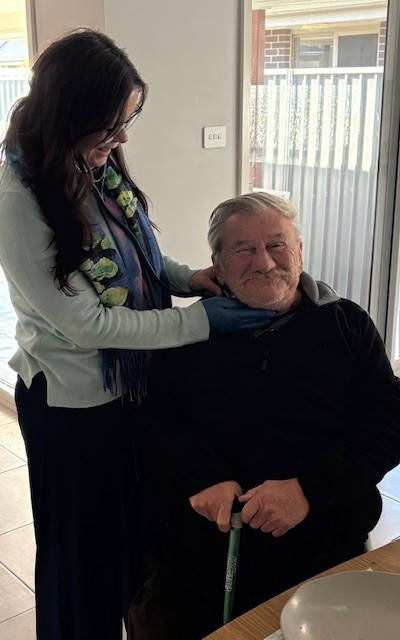
Some examples are:
Swallowing difficulties can occur due to many reasons:
Swallowing difficulties can occur on food, drink, saliva and medications.
Ruth Hartman has worked with swallowing assessment and management for over 20 years in acute and rehabilitation hospitals as well as in outpatient and community settings. She has worked with a wide variety of causes of swallowing issues and endeavours to support you to manage your swallowing issues safely, as well as rehabilitate your swallow whenever possible, to allow you to eat and drink more freely.
Ruth will gather a full case history so that your issue can be understood in the context of you and your life. Ruth will then conduct a thorough swallowing assessment which will include:
Ruth will tailor treatment options to support your individual swallowing issues. These may include:
Rehabilitation exercises to strengthen your swallowing mechanism over time. These will be individualised to suit your particular needs.
Examples are:
Compensatory strategies to improve your swallowing safety immediately
Examples are:
Environmental changes to maximise your swallowing safety immediately
Examples are:
To submit completed questionaires, please email them to ruth@speechforlife.com.au.
Discover tailored speech therapy for adults and late teens. Our friendly team helps you build confidence and communication skills in a welcoming, supportive environment.